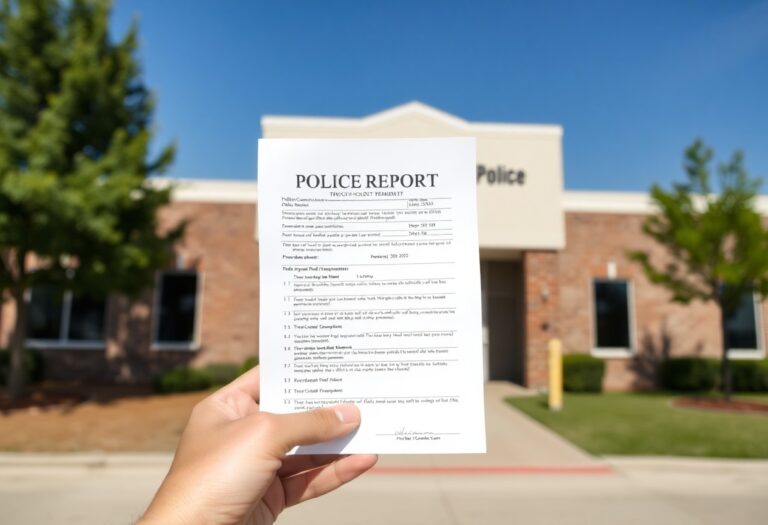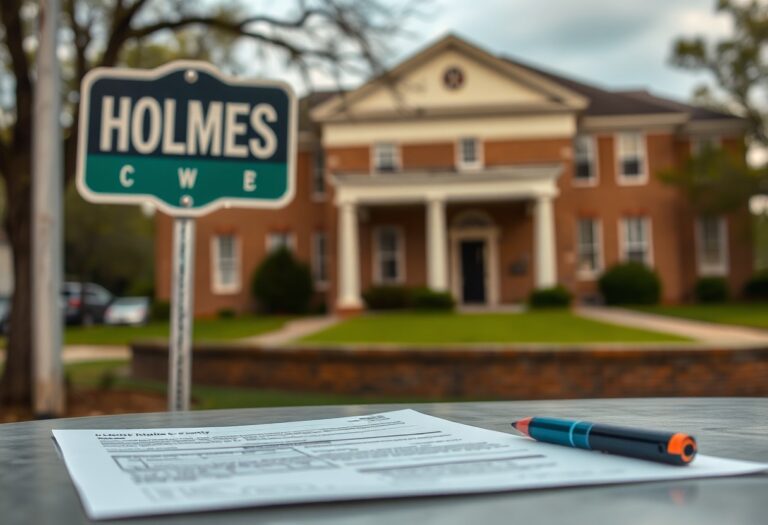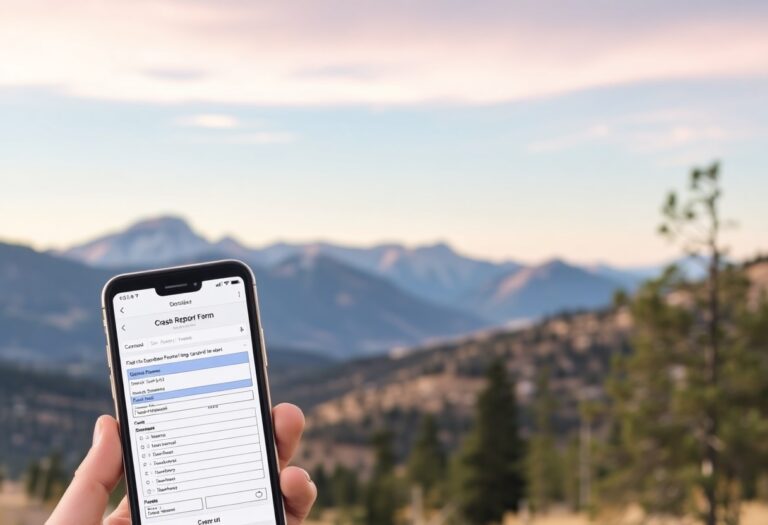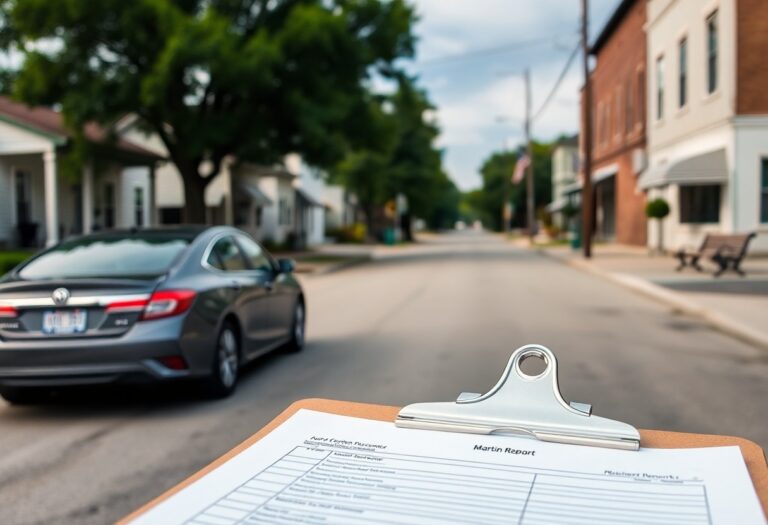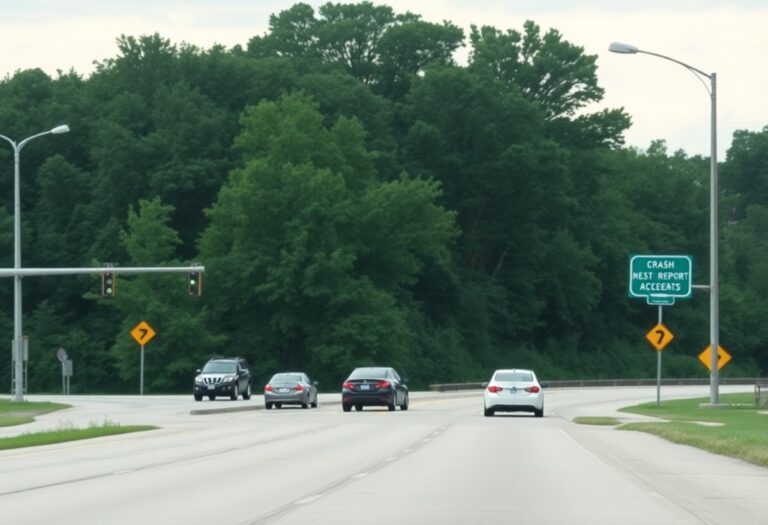Accident situations can be overwhelming, but understanding the process of filing a car accident report can help ease your stress. In Mille Lacs County, there are important steps you can follow to ensure your rights are protected and that you receive proper assistance. This guide provides a clear and concise roadmap to navigate through the reporting process, helping you understand your options and responsibilities. Whether you’re seeking medical attention or need to file a claim, this support will empower you to take decisive action.
Unpacking Minnesota’s Car Accident Reporting Requirements
Navigating the car accident reporting process in Minnesota involves understanding specific requirements that ensure all parties are adequately informed. Minnesota statutes outline the obligations of drivers involved in an accident, particularly regarding the exchange of information and the submission of a report. You must be aware of what constitutes reportable accidents, which include incidents resulting in personal injury or property damage exceeding $1,000. Adhering to these guidelines helps facilitate a smoother claims process and protects your legal rights.
Essential Information for Filing
When filing a car accident report in Minnesota, you must gather key information such as names, contact information, insurance details, and vehicle identification numbers from everyone involved. Additionally, maintaining accurate records, including photographs of the accident scene and any visible damages, can be invaluable. Incoming details about witnesses and police reports further enrich your filing. Always ensure your submission is complete; any missing information might delay the claims process or reduce its effectiveness.
Timelines and Legal Obligations
Timelines for reporting an accident in Minnesota typically require you to file a report with the Department of Public Safety within ten days if there is property damage over $1,000 or if injuries occur. If you fail to meet this deadline, you could face administrative penalties. Understanding these timelines can help you avoid future complications and serve as a protective measure for your rights. Additionally, submitting a timely insurance claim could also affect the compensation amount you receive.
The ten-day reporting window is a sharp reminder of your responsibilities following a car accident. Missing this deadline might not only lead to fines but can also impact your claim with your insurance company. If you secured a police report at the scene, that documentation typically serves as a valuable resource throughout your filing process. Early communication with your insurer is beneficial; they will often provide guidance on the necessary steps and documentation to protect your legal interests. Adhering to these timelines safeguards you from complications, ensuring you fulfill your obligations while streamlining the claims process.
Navigating the Mille Lacs County Sheriff’s Office Protocol
Engaging with the Mille Lacs County Sheriff’s Office is a fundamental part of your experience following a car accident. The protocols they have in place streamline the reporting process, ensuring that all necessary information is gathered efficiently. Understanding the steps required of you, from making initial contact to receiving your accident report, helps in making this endeavor less daunting. Your cooperation and clarity during this phase will facilitate prompt processing, saving time and minimizing stress.
Contacting the Sheriff’s Office
To initiate the protocol, reach out to the Mille Lacs County Sheriff’s Office at their office number or via their website. Be prepared to provide details about the accident, including location, time, and involved parties. Making this connection promptly is vital as it sets the stage for the necessary documentation and subsequent follow-up.
The Role of Law Enforcement in Accident Reports
Law enforcement plays a significant part in the documentation of car accidents in Mille Lacs County. Officers are responsible for securing the scene, gathering witness statements, and compiling all relevant details into a report. This document is necessary for insurance claims, mitigating liability, and documenting facts for potential legal proceedings.
The comprehensive accident reports generated by law enforcement are typically considered official records, containing all key evidence from the scene. Specific details such as weather conditions, road conditions, and witness accounts are recorded, which can provide critical context for understanding the accident’s circumstances. Being aware of what the report entails allows you to better engage with law enforcement officials and ensure that your perspective is included. This report not only assists in insurance matters but can also be pivotal should any disputes arise later regarding the incident.
Essential Documentation for Your Accident Report
Gathering the right documentation is necessary for creating a comprehensive accident report in Mille Lacs County. This includes not only your personal and insurance information but also details about the accident itself, such as photographs, diagrams of the scene, and police reports. Maintaining proper documentation will expedite claims processes and assist you in any potential legal matters that arise from the incident, ensuring a solid foundation for your case.
Collecting Evidence on Scene
Immediately after an accident, collecting evidence on the scene can significantly impact your report. Take clear photographs of vehicle damage, road conditions, and any visible signs that might influence the understanding of the crash dynamics. Additionally, documenting surrounding street signs, traffic signals, and skid marks can help establish context. These visuals provide vital context when articulating your account of the accident, helping your case stand out during legal evaluations.
Importance of Witness Statements
Witness statements serve as powerful supporting evidence in any accident report. They offer an independent perspective that can validate your account or clarify conflicting narratives. In Mille Lacs County, gathering statements from bystanders can reveal insights that you might not have noticed, such as the behavior of other drivers leading up to the collision. These statements may change the understanding of fault and ultimately influence the outcome of insurance claims and liability determinations.
In many cases, witness statements can sway decisions in your favor, especially when they corroborate your version of events. A neutral party can lend credibility, especially in disputes over fault where both drivers have differing accounts. Ensuring you capture their names and contact information is important for follow-up, as their recollections can be vital for insurance negotiations and court proceedings. Each detail they provide can be crucial in piecing together the complete narrative of what transpired and can help build a clear picture for insurance adjusters and legal professionals alike.
Understanding Your Rights and Insurance Obligations
After an accident in Mille Lacs County, being aware of your rights and obligations under Minnesota law helps you navigate the post-accident landscape effectively. Minnesota operates under a no-fault insurance system, meaning that regardless of who caused the accident, your own insurance will generally cover your medical expenses and lost wages up to a certain limit. You retain the right to seek compensation from the at-fault driver if your injuries meet specific thresholds, including significant permanent injury or medical expenses exceeding state-mandated limits.
Highlights of Minnesota’s No-Fault Insurance Law
Minnesota’s no-fault insurance requires drivers to carry personal injury protection (PIP) covering medical bills, wages lost, and other accident-related expenses. For most drivers, PIP benefits include up to $40,000 for medical expenses and $25,000 for non-medical expenses. Additionally, Minnesota law allows you to recover compensation for pain and suffering if the injuries exceed the “threshold” defined by the law, ensuring victims can still pursue claims for serious damage.
Tips for Filing an Insurance Claim
Filing an insurance claim after a car accident involves clarity and organization. Start by collecting all pertinent details: accident reports, medical records, and photographs of the scene. Ensure you communicate with your insurance adjuster clearly, and provide them with the necessary documentation to support your claim. It’s also wise to keep a record of all communications and follow up regularly to prevent any delays. Make sure you adhere to filing deadlines, as prompt action can significantly influence your claim’s success.
- Document all evidence related to your accident.
- Communicate clearly with your insurance adjuster.
- Maintain a record of all correspondences and follow-ups.
- Adhere to deadlines to protect your claim.
- Recognizing the importance of these steps can make the difference in your reimbursement process.
Beyond the aforementioned tips, consider consulting with a legal professional if your claim encounters complications or if negotiations don’t seem to progress. They can offer tailored advice based on your circumstances. Additionally, understanding your insurance policy in depth can clarify your coverage limits and any responsibilities you need to manage while filing. A comprehensive approach often leads to quicker settlements with less friction. Recognizing the nuances of your coverage can significantly empower you during this challenging time.
- Consult a legal professional for tailored advice.
- Understand your insurance policy and benefits.
- Maintain organized documentation for the claim process.
- Be proactive in your follow-ups and communication.
- Recognizing these aspects can help sustain a productive claim experience.
Post-Accident Resources in Mille Lacs County
After an accident, it’s vital to have access to the right resources in Mille Lacs County to aid your recovery and navigate the aftermath effectively. Several local organizations and services can provide you with the assistance you need, whether it’s physical recovery, emotional support, or legal guidance.
Community Support Services
Mille Lacs County offers various community support services aimed at helping those affected by accidents. Local health organizations, such as the Mille Lacs Health System, provide both physical and mental health support. You can also find counseling services through organizations like the Lakes Area Restorative Justice Project, which focuses on emotional recovery and healing for individuals and families.
Legal Assistance Options
Finding legal assistance options in Mille Lacs County is necessary for handling insurance claims and navigating any potential litigation that arises after a car accident. Local lawyers specialize in personal injury and accident cases, ensuring you have expert guidance tailored to your specific situation. They help clarify your rights and options while working to secure any compensation you may deserve.
For legal assistance, consider reaching out to firms like the LaFave Law Firm, which has a strong reputation in Mille Lacs County for supporting accident victims. Consulting with an attorney early can help you understand critical details of your case, such as liability, medical expenses, and potential damages. Many legal professionals offer free consultations, allowing you to discuss your case without any financial obligation, ensuring you get the necessary help to move forward confidently.
Summing up
Drawing together the resources and information available in Mille Lacs County, Minnesota, you can navigate the process of filing a car accident report with confidence. By understanding the necessary steps and gathering the appropriate documentation, you can ensure that your case is handled effectively. Whether you need to contact law enforcement, gather witness statements, or file an insurance claim, being prepared will aid you in achieving a smooth resolution. Your proactive approach will play a vital role in safeguarding your interests following an accident.







